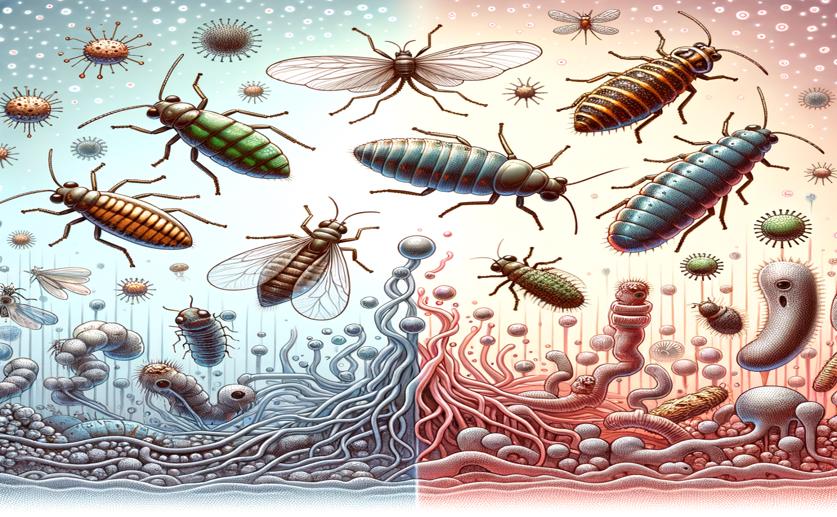
Antibiotic Feeding Alters Bacterial Community and Pesticide Tolerance in Pests
Greg Howard
24th July, 2024

Image Source: Natural Science News, 2024
Key Findings
- The study by the Jiangsu Academy of Agricultural Sciences focused on Chilo suppressalis, a major pest of rice crops in China
- Certain gut bacteria in Chilo suppressalis help the pest survive pesticide exposure
- Insects with these bacteria showed higher survival rates and increased detoxification enzyme activity when exposed to pesticides
References
Main Study
1) Antibiotic feeding changes the bacterial community of Chilo suppressalis and thereby affects its pesticide tolerance
Published 23rd July, 2024
https://doi.org/10.1186/s12866-024-03421-2
Related Studies
2) Insights into insecticide-resistance mechanisms in invasive species: Challenges and control strategies.
3) Symbiont-mediated insecticide resistance.
4) Reduced insecticide susceptibility of the wheat aphid Sitobion miscanthi after infection by the secondary bacterial symbiont Hamiltonella defensa.



 14th July, 2024 | Jim Crocker
14th July, 2024 | Jim Crocker